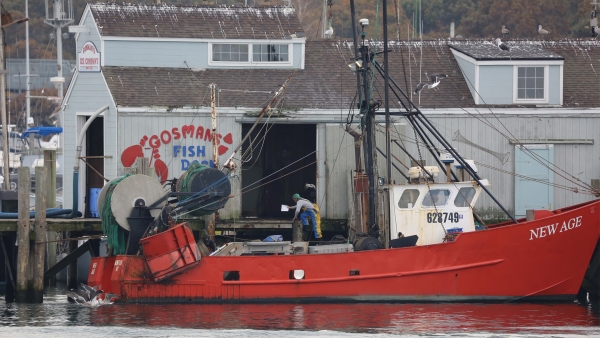
With Funds On Hand to Plug Budget Gaps, MTA Must Focus On Creating an Efficient, On-Time, and Safe Transit System
In a turnaround from the fiscal crisis it faced a year ago, the Metropolitan Transportation Authority (MTA) today stands on firmer financial ground, largely because the state budget provided dedicated sources of revenue to close projected budget gaps, according to New York State Comptroller Thomas P. DiNapoli’s annual report on the MTA’s fiscal outlook. With this improved financial picture, the burden is now on the MTA to improve the region’s transit system and win riders back, while keeping its budget balanced, DiNapoli’s analysis concludes.
“Some risks remain, but an influx of new funding has helped the MTA shore up its finances,” DiNapoli said. “This newfound fiscal stability gives the MTA the opportunity to make improvements that will ensure a safe, clean and on time transit system that riders want to use. If riders don’t continue to come back, the MTA risks returning to its all too familiar cycles of crisis.”
MTA projects its overall revenue will increase by 4.4% annually over the five-year plan, largely fueled by rising tax revenue, which the MTA expects will increase an average of 6.6% annually.
Dedicated state taxes provide more than 44% of MTA’s revenue in 2024, up from 37% in 2019, making up for the drop in ridership revenue brought on by the pandemic. Fares (26%) and tolls (13%) will combine to make up 39% of the MTA’s revenue in 2024, well below 2019 when they brought in more than half of the total.
Farebox revenue exceeded the MTA’s expectations by $36 million through August, fueled by ridership gains which could provide budget relief if the trend continues.
MTA’s increased spending, rising an average of 4% annually from 2023 through 2027 is partially driven by an 8% increase in health and welfare costs for active employees and retirees. As in past years, personnel costs, including payroll, health, and other benefit costs, are the greatest expense, comprising 60% of the MTA’s 2024 spending.
In addition to the risks that the MTA has identified, OSC projects that other risks could increase the MTA’s budget gaps by as much as $594 million in 2027. For example, the MTA has yet to identify how it will achieve all of the $500 million in annual savings by 2025 that is built into its budget. DiNapoli’s report urges MTA to finalize those savings plans before the end of 2023 and explain to riders what impact the savings may have on service.
Overtime costs in 2023 will likely be $200 million higher than planned, with the risk declining to $75 million above the MTA’s projections in 2027. Potentially offsetting this cost over the plan period is the hiring of operational and maintenance positions, which has exceeded separations in 20 of the last 25 months.
NYC Transit has set a target for 70% rider satisfaction by 2024, a metric that has improved since last year but has also slipped in recent months.
The percentage of scheduled service that was delivered in July 2023 was 94%, better than July 2022 (91%), but still worse than pre-pandemic service in July 2019 (96%). Lower service levels, DiNapoli’s report notes, can hinder ridership recovery.
DiNapoli’s report notes that if the Authority fails to bring riders back, it will once again face fiscal pressures that could lead to higher-than-projected fares, reductions to service, or disinvestment in the system.
The MTA was initially to start getting revenue from congestion pricing in 2021, which is now slated to start in mid-2024. Any additional delay could create a large shortfall in funds for the MTA’s 2020-2024 capital program, delay needed projects and increase pressure on the 2025-2029 capital program.
The report also notes that the MTA’s debt burden could significantly increase depending on how it funds its next capital program. If the MTA issues the same amount of debt backed by its operating budget as it did for the 2020-2024 capital program and it also covers half of the $25 billion funded by the capital lockbox bonding, a total of $23.5 billion, debt service costs could rise by $1.5 billion by 2037.
Annual Update: Metropolitan Transportation Authority’s Debt Profile (May 2023)





